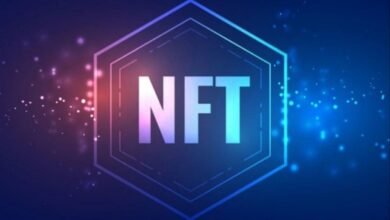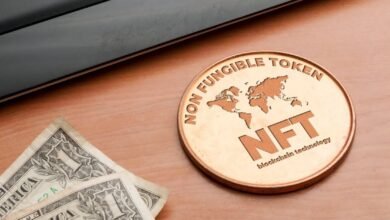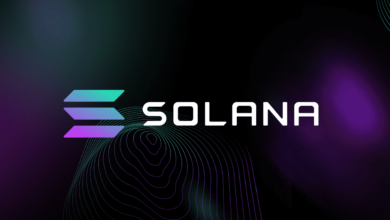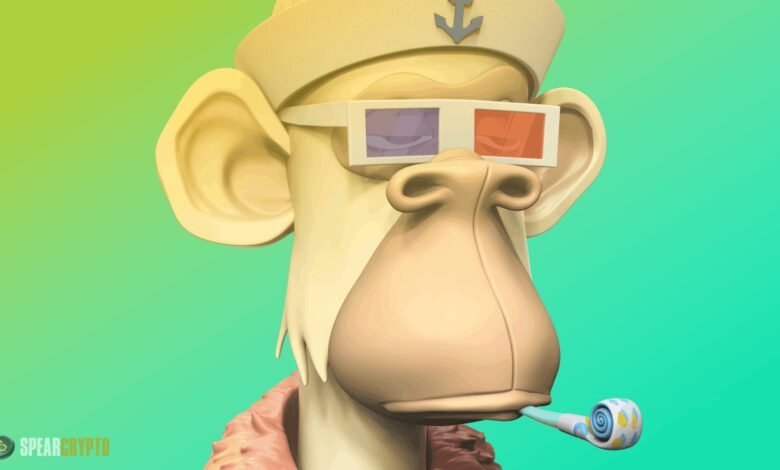
3D NFTs: Due to the dizzying rate of technological advancement, a new definition of ownership is emerging. The introduction of Non-Fungible Tokens (NFTs) led to this change, which provides a novel approach to the ownership and trading of digital assets. Among the many varieties of NFTs, 3D NFTs are causing a stir because they expand the possibilities of digital ownership. 3D NFTs have changed, but this essay looks at their influence on the metaverse and where they could go from here.
The Rise of NFTs
NFTs are unique digital tokens representing ownership of a specific asset, whether digital art, music, virtual real estate, or collectibles. Unlike cryptocurrencies such as Bitcoin or Ethereum, which are fungible and can be exchanged one-to-one, each NFT is unique and cannot be replaced with another token of the same value. This uniqueness has driven the popularity of NFTs, particularly in the art and entertainment industries.
Since their inception, NFTs have grown exponentially, with millions of dollars spent on digital art, music, and other collectibles. The introduction of NFTs to the mainstream has brought about a new era of digital ownership, where artists, creators, and collectors can monetize and trade digital assets in previously impossible ways.
The Emergence of 3D NFTs
While 2D NFTs, such as digital paintings and illustrations, have dominated the market, the advent of 3D NFTs marks a new chapter in the evolution of digital assets. 3D NFTs are three-dimensional digital objects that can be owned, traded, and used in various virtual environments, including video games, virtual worlds, and the metaverse.
Creating 3D NFTs involves more complex technology and creativity than their 2D counterparts. Artists and developers use sophisticated 3D modeling software like Blender, Autodesk Maya, or Cinema 4D to create intricate and highly detailed digital objects. These 3D models can range from simple items like virtual furniture to elaborate sculptures, avatars, and even entire virtual environments.
The Role of the Metaverse in 3D NFT Adoption
The metaverse, a collective virtual shared space encompassing augmented reality (AR), virtual reality (VR), and other immersive digital experiences, plays a crucial role in the adoption and proliferation of 3D NFTs. As the metaverse continues to grow and evolve, the demand for unique, customizable digital assets that can be used across various platforms and environments is increasing.
In the metaverse, 3D NFTs can be used as avatars, wearable items, virtual real estate, and interactive objects. For example, users can purchase a 3D NFT of a virtual home, decorate it with 3D NFT furniture, and invite others to visit in a virtual world. Similarly, gamers can use 3D NFTs as in-game assets, such as weapons, vehicles, or characters, which they can trade or sell on NFT marketplaces.
The interoperability of 3D NFTs across different platforms is a critical factor in their growing popularity. Unlike traditional digital assets, which are often confined to specific games or applications, 3D NFTs can be used across multiple virtual environments, enhancing their utility and value.
The Impact of 3D NFTs on Digital Art and Collectibles
3D NFTs have had a significant impact on digital art and collectibles. The potential of three-dimensional art is currently being explored by artists who previously worked in traditional media or two-dimensional digital formats. These artists are creating immersive and interactive works of art that can be owned and experienced in new ways. This change broadens artists’ creative boundaries and provides collectors a more exciting and dynamic way to experience art.
For example, a three-dimensional non-fungible token (NFT) artwork can be viewed from various perspectives, interacted with, and even positioned within a virtual environment. This level of interactivity gives digital art a new depth, making it more exciting and appealing to collectors looking for one-of-a-kind works.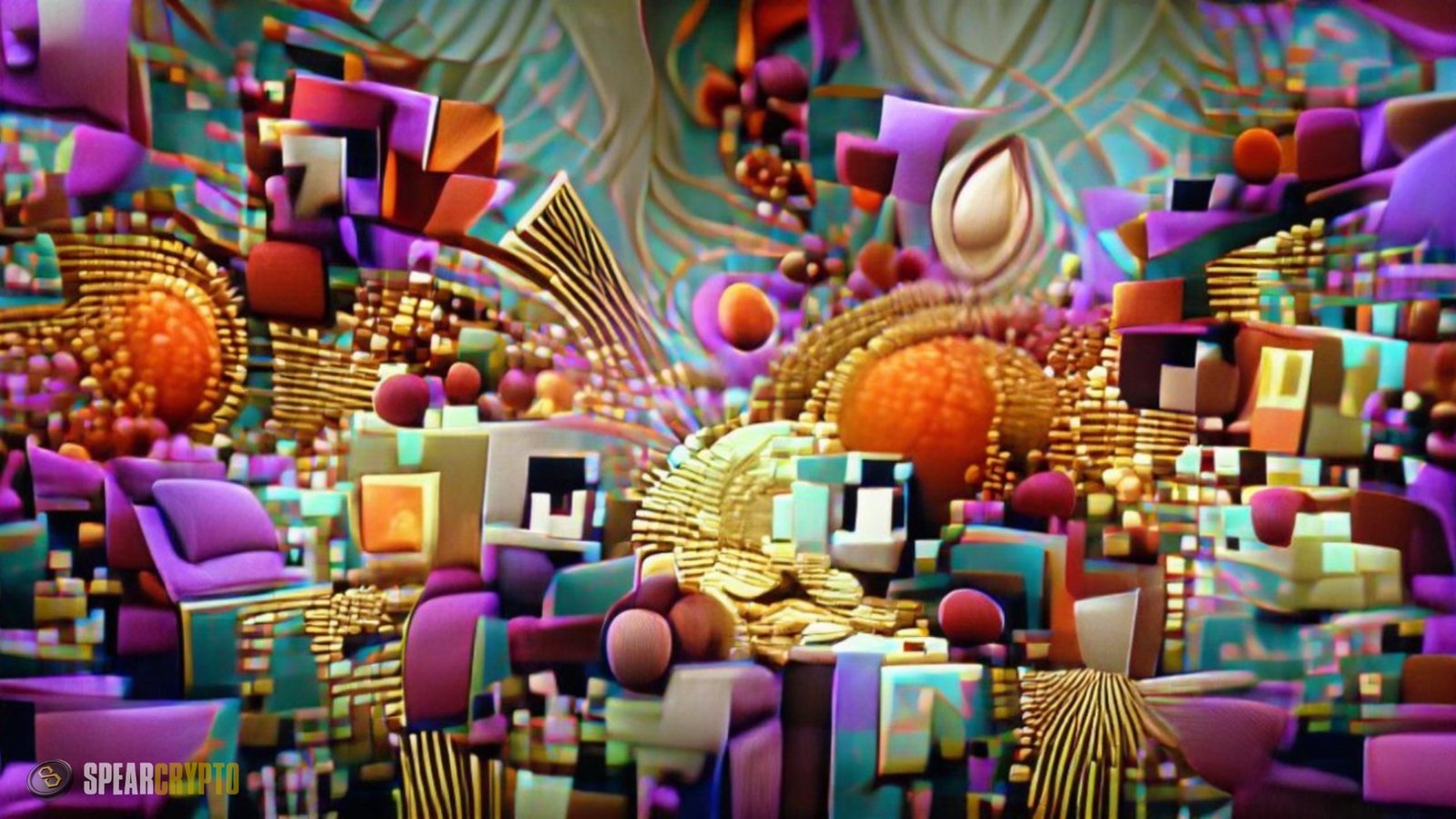
Another factor contributing to their value as collectors is that 3D NFTs are extremely rare and one-of-a-kind. Digital collectors increasingly turn to 3D non-fungible tokens (NFTs) to acquire exclusive digital assets. This trend is similar to how collectors of physical art look for rare and one-of-a-kind works. By adding a degree of security and trust, the ability to demonstrate ownership and authenticity through blockchain technology significantly enhances the appeal of three-dimensional non-fungible tokens (NFTs).
The Role of Blockchain Technology in 3D NFTs
Blockchain technology is the backbone of NFTs, providing the infrastructure for their creation, ownership, and transfer. Each 3D NFT is stored on a blockchain like Ethereum, where a unique identifier is assigned to prove its authenticity and ownership. This decentralized and transparent system ensures that 3D NFTs cannot be duplicated or tampered with, making them a secure and reliable form of digital ownership.
Smart contracts, which are self-executing contracts with the terms of the agreement directly written into code, play a crucial role in the management of 3D NFTs. These contracts automatically enforce the rules and conditions of ownership and transfer, eliminating the need for intermediaries and reducing the risk of fraud.
Blockchain also enables the creation of fractional ownership models for 3D NFTs, where multiple individuals can own a share of a high-value digital asset. This opens up new possibilities for investment and collaboration, allowing more people to participate in owning valuable 3D NFTs.
Challenges and Opportunities in the 3D NFT Space
Despite the excitement surrounding 3D NFTs, several challenges must be addressed for their continued growth and adoption. One of the main challenges is the technical complexity involved in creating and managing 3D NFTs. Creating high-quality 3D models requires specialized skills and software, which can be a barrier for many artists and creators. Additionally, the storage and transfer of large 3D files can be resource-intensive, posing challenges for scalability and accessibility.
The problem of interoperability is just another example of a hurdle. Although three-dimensional non-fungible tokens (NFTs) have the potential to be utilized in a variety of contexts and platforms, to achieve genuine interoperability, it is necessary to collaborate and standardize efforts across a variety of metaverse platforms and virtual worlds. It is possible that the utility and worth of 3D NFTs would be restricted to particular ecosystems if this were not the case.
However, these challenges also present opportunities for innovation and growth. As the 3D NFT space continues to evolve, new tools and platforms are being developed to make the creation and management of 3D NFTs more accessible. For example, user-friendly 3D modelling software and NFT minting platforms are emerging, enabling artists and creators to enter the space without extensive technical knowledge.
Moreover, the growing interest in the metaverse and the increasing demand for digital assets drive investment and development in the 3D NFT space. Companies and platforms are exploring new ways to integrate 3D NFTs into their ecosystems, creating new use cases and opportunities for creators and collectors alike.
The Future of 3D NFTs
The future of 3D NFTs is closely tied to the evolution of the metaverse and the broader digital economy. As the metaverse becomes more immersive and interconnected, the demand for unique and customizable digital assets will continue to grow, driving the adoption and proliferation of 3D NFTs.
One potential future development is the integration of AI and machine learning into 3D NFTs, allowing for the creation of dynamic, adaptive digital assets that can evolve and change over time. For example, a 3D NFT avatar could learn from its interactions with the environment and other users, becoming more personalized and unique as it evolves.
Another potential development is using 3D NFTs in virtual reality (VR) and augmented reality (AR) experiences. As VR and AR technologies become more advanced and widespread, 3D NFTs could play a central role in creating immersive and interactive experiences, blurring the lines between the digital and physical worlds.
3D NFTs may also affect the idea of digital identity. The metaverse allows users to express their digital identities through 3D NFT avatars and products, thereby introducing a novel mode of self-expression and social interaction. This may result in the development of digital fashion, in which users will acquire and exchange 3D non-fungible token (NFT) apparel and accessories to personalize their avatars and create distinctive styles.
Additionally, integrating 3D NFTs into the broader digital economy could create new opportunities for monetization and income generation. For example, artists and creators could earn royalties on the resale of their 3D NFTs, creating a new revenue stream that rewards their creativity and innovation. Similarly, collectors and investors could profit from appreciating 3D NFTs as their value increases.
Conclusion
3D NFTs represent a significant evolution in digital assets, offering new possibilities for ownership, creativity, and interaction in the digital realm. As the metaverse continues to grow and evolve, the demand for unique, customizable digital assets will drive the adoption and proliferation of 3D NFTs.
While there are challenges to overcome, such as technical complexity and interoperability, the opportunities for innovation and growth in the 3D NFT space are vast. As new tools, platforms, and use cases emerge, 3D NFTs are poised to become a central component of the digital economy, redefining the concept of ownership in the metaverse and beyond.


